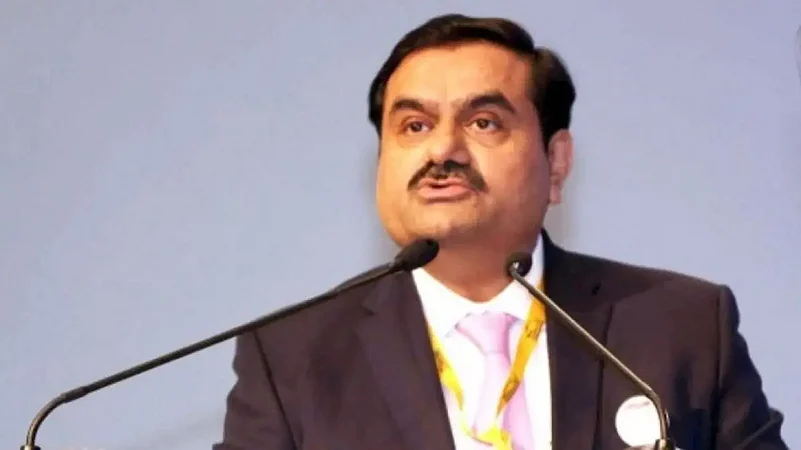Billionaire businessman Gautam Adani is aggressively diversifying his interest areas and going beyond his mainstay businesses of ports, power and gas to cover everything—from aviation, FMCG, cement, telecom, digital services, health care to more recently, media. With his empire expanding, Adani is also reportedly searching for a new leader for his mergers and acquisitions strategy.
As per a Bloomberg report, Vinod Bahety, who has been at the helm of Adani Enterprises’ M&A activity, will move to a new business vertical and a formal announcement could come as soon as this month.
The Adani Group has also approached potential candidates for the position as it is looking to expedite its dealmaking, the report said, quoting people aware of the matter.
Today, as Asia’s richest man emerges as one of the busiest dealmakers, the stakes over making the right acquisitions will only get higher and Adani’s new M&A chief would be a key figure in making those decisions.
Mission Diversification
Last month, Adani became the world’s third richest person, after Elon Musk and Jeff Bezos, according to Bloomberg Billionaires Index. He had been trailing Mukesh Ambani for a while in the billionaires’ list, but in February 2022, overtook the RIL chairman.
In addition to the bourses being in his favour of late, the mogul has been on an acquisition spree.
In May this year, the Adani Group became the second largest cement maker in the country after it took over the $10.5-billion cement capacity of Swiss giant Holcim in India. He has also announced detailed plans worth $70 billion to harness green energy and produce the cheapest green hydrogen. He even plans to set up an alumina refinery and iron ore plant in Odisha that could cost over Rs 58,000 crore and has pledged to invest $70 billion in green energy.
Adani even participated in the 5G spectrum auctions held in August to boost its data centre business and venture into the telecom space.
So far, the going has been smooth for the billionaire but a recent acquisition effort sparked controversy as the group attempted a hostile takeover of New Delhi Television Ltd (NDTV) with the popular news channel now seeking to block the takeover attempt, saying regulatory restrictions prevent the bid from proceeding.
Going Too Fast?
While the Adani Group is cruising ahead at full steam, the dizzying pace and size of acquisitions has left some concerned.
In a recent report, CreditSights said Adani’s conglomerate is “deeply overleveraged”.
In a research note, the credit research firm said that the group’s “overly-ambitious debt-funded growth plans” could eventually spiral into a massive debt trap. The rapid expansion has largely been fuelled by debt funding which has caused “the leverage (gross or net debt/EBITDA) of several Group companies and hence, of the overall consolidated group, to soar in the past few years,” it went on to say.
“Excessive debt and overleveraging by the Group,” the report stated, adding that it “could have a cascading negative effect on the credit quality of the bond issuing entities within the group and heightens contagion risk in case any entity falls into distress.”
Rebutting the report, the Adani Group said that the portfolio of six Adani Group companies has reduced its net debt-to-ebitda ratio from 7.6x to 3.2x in the last nine years. Its ebitda has grown 22% CAGR in the last nine years while the debt rose 11% CAGR during the period, the group stated in response.
The group also said it has a capital management plan for all its portfolio companies and has raised $16 billion in equity under a systematic capital management plan over the last three years as a combination of primary, secondary and committed equity from marquee investors like TotalEnergies, IHC, QIA, and Warburg Pincus.
"The leverage ratios of Adani Portfolio companies continue to be healthy and are in line with the industry benchmarks of the respective sectors," it said, adding that over the last 10 years, it had actively worked to improve its debt-metrics through their capital management strategy.






























